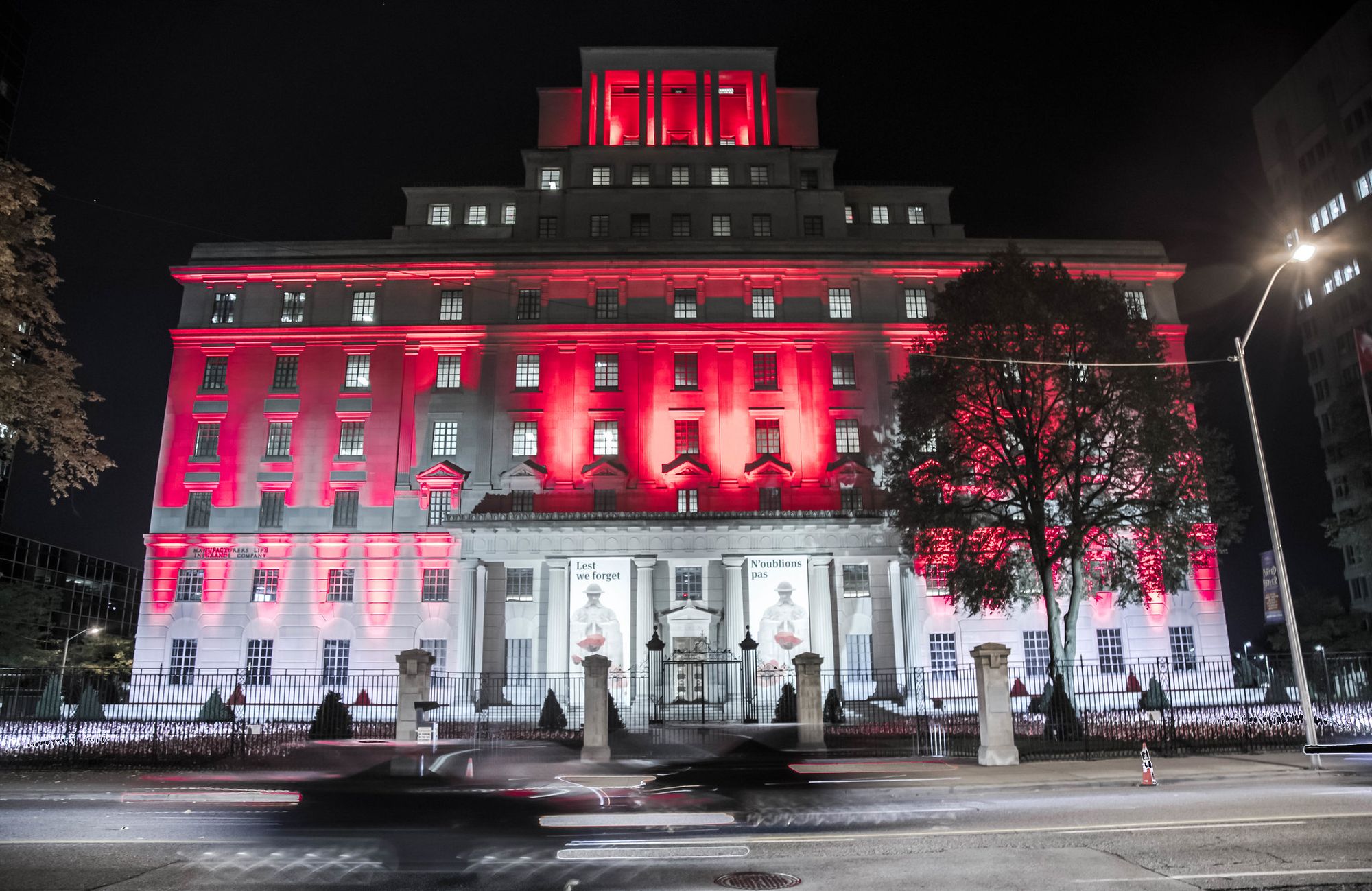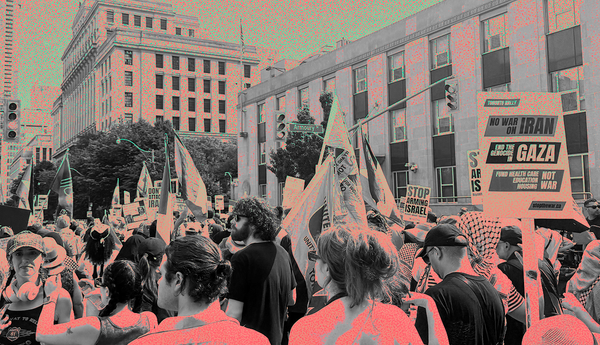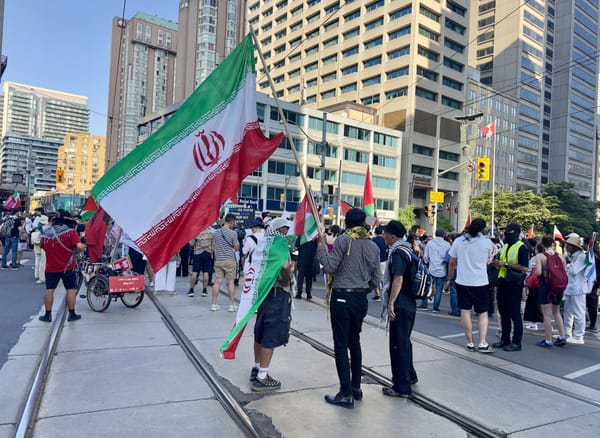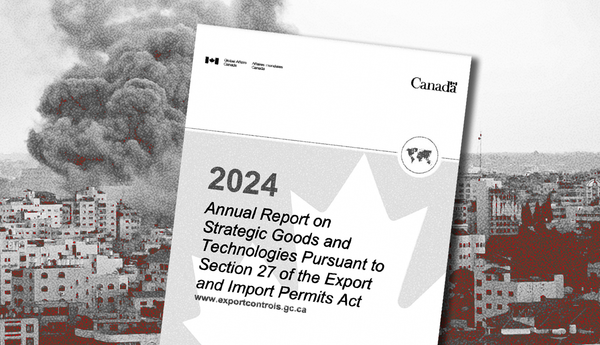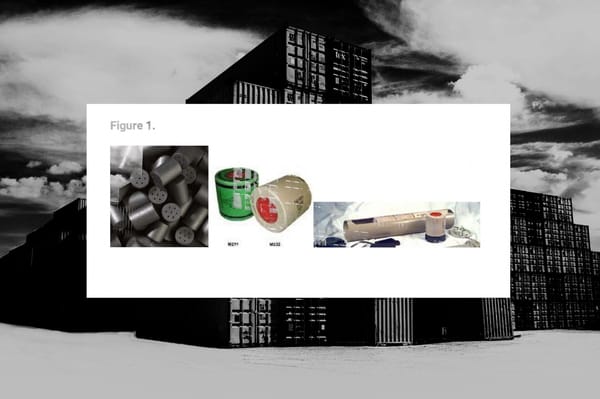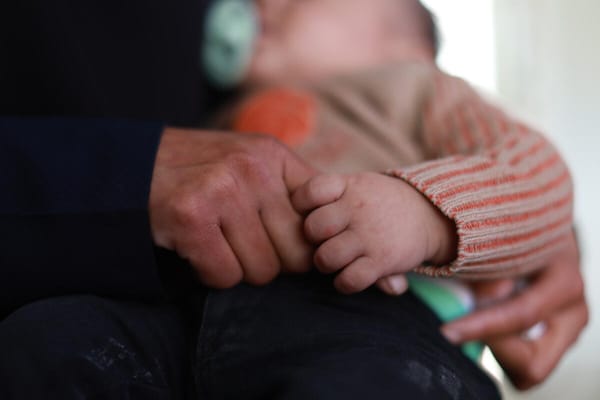The Canadian Armed Forces is a unique institution because Canadians know very little about it and yet venerate it deeply. Every year on Remembrance Day, for example, Canadians wear poppies and partake in moments of silence to honour Canadian veterans or soldiers who have died during wars. Public school students, meanwhile, write essays and attend mandatory assemblies. No other institution in Canada has an annual holiday centered around it that involves every class of society.
Journalists are supposed to keep the public informed about what the government is doing, and hold its institutions, such as the military, to account. Yet Canadians’ lack of knowledge about, and simultaneous blind trust of, the military indicates that the media’s coverage of the institution is deeply flawed. If the media properly covered the military, and showed what it’s really like, Canadians would not be so deferential.
There are countless problems with media coverage of the military, but here are two crucial ways journalists act as stenographers for officials.
The Military Isn’t A Regular Workplace
A significant weakness in Canadian journalism that limits the potential of investigations is treating military scandals as workplace scandals. Military officials set the terms for criticism of the military by portraying whatever the issue is as if it’s happening in a regular workplace, and journalists accept this framing without challenge.
One way they do this is by focusing stories about racism and sexism in the military on how they impact its ability to recruit people, rather than the risk racist and sexist military members pose to society. (There is ample proof that hatred against women is a strong indicator of mass violence, especially racist violence, and that the Canadian military also has a widespread problem with misogyny.)
For example, in a March 2016 article (titled “Sexist climate must be addressed if Canadian Forces are to recruit more women”), Ricochet covered misogyny in the military through the framing of how it can recruit more women and create a “safe work environment.” The article repeatedly portrays the military as a workplace, and ends by stating, “Ultimately, it’s not about how the military sells itself, but how it transforms itself to allow women to safely take their place at the table.”
In October 2018, a Toronto Star investigation into far-right members in the military identified the problem as arising from the forces not being “sensitive enough to the issue of white supremacy” due to a lack of diversity. Racism in the military was portrayed as an issue of unconscious bias and workplace safety that can impede recruiting.
The media also treats the military as a normal workplace by allowing military officials to use social justice language to whitewash its operations. For example, a brigadier general told Ricochet in March 2019 that “anti-racism is important to foster trust amongst our tactical teams.” The Star article mentioned above contains an unchallenged quote from General Jonathan Vance claiming, “Good militaries aren’t racist.”
What is the Canadian military “good” at though? One of its jobs is to enforce Canadian foreign policy with violence. To allow military officials to use the language of social justice is to assume that social justice is compatible with Canadian foreign policy.
An objective of Canadian foreign policy is to ensure that Canadian businesses such as mining companies can exploit Global South nations for profit. This is structural racism, and it can’t be solved by focusing on individual members’ unconscious biases.
By covering the military as a normal workplace, journalists prevent citizens from understanding it and holding it to account. General Rick Hillier stated quite clearly in 2002 that, “We’re not the public service of Canada, we’re not just another department. We are the Canadian Forces, and our job is to be able to kill people.”
Journalists should make what the military does clear, and not mystify it with, or allow it to be mystified by, vague language.
The Military’s Ideology Is Destructive
The second major issue with coverage of the military is that journalists aren’t willing to make larger connections about the institution and its ideology when reporting on scandals.
On July 2, a Canadian Forces member smashed his truck through an entrance to Rideau Hall in what was revealed to be an attempt to assassinate Prime Minister Justin Trudeau. This was an attack from a military member against civilian leadership.
In subsequent media coverage, journalists compared the attacker to other Canadian Forces members exposed for far-right views or connections. They did so by highlighting his social media profiles, which he used to share conspiracy posts, and a note he wrote claiming he was afraid of Trudeau turning Canada into a “Communist dictatorship.” This took place at the same time as Canadian warships antagonizing China and enforcing brutal and inhumane sanctions on North Korea. However, journalists haven’t connected these anti-communist Canadian military operations to his note.
The same is also true when examining why those with far-right ideologies join the military. In an August article about far-right military members, the CBC writes:
“My view has been very clear — any type of behaviour like this is totally unacceptable,” [Defence Minister Harjit Sajjan] told CBC News, adding that the military doesn’t want people who support such ideologies in its ranks. “One — we don’t want you to join. Two, if you have these viewpoints, please quit, and if you are investigated, you will be dealt with through the appropriate process. We don’t want people like that.”
But the CBC fails to ask what ideology the Canadian military does follow? After all, it’s impossible to not follow an ideology.
In his book released this year, Canada in the World: Settler Capitalism and the Colonial Imagination, author Tyler Shipley argues that Canada’s foreign policy was founded upon settler colonialism and that the military continues to enforce it to this day. For example, the military played a major role in the 1990 Oka Crisis, enforcing colonialism with violence. The idea that Indigenous people should not have control over their land is a cornerstone of white supremacy.
With that in mind, it’s reasonable to ask what connection white supremacists in the military have to the goals and objectives of the military, and what similarities there are in their ideologies. To not ask these questions, and therefore treat the military as neutral, is to ignore Canada’s foundation upon colonialism and genocide.
Additionally, the Canadian military took part in the occupation of Afghanistan, a predominantly Muslim country, from 2001 to 2014. A 2018 military report stated that groups with “Anti-Muslim” beliefs specifically worked to join the military. But it’s easy to understand why: The military is an opportunity to act on Islamophobic beliefs with state backing.
When these sort of ideological questions and concerns are made off limits, the military can easily redirect blame for problems it is causing or worsening.
A CBC article from September quotes Lt.-Gen. Wayne Eyre, the commander of the Canadian Army, claiming he will, “Stop this toxicity from seeping into our ranks.” This unchallenged quote portrays right-wing extremism as something infiltrating the army, as opposed to something the army can foster.
An August 2019 CBC article paraphrases a retired army captain and officer as saying “radicalization is a societal problem, and there are only a small number of people in the military with these views.”
It references a study that found “less than 1 per cent of Armed Forces members could be tied to racist or hate activities” from 2013 to 2018. However, less than 1 per cent of an institution of more than 40,000, with members trained in explosives and firearms, is deeply concerning.
Journalists have a duty to investigate why hatred is prevalent in the military’s ideology, and what led to its creation. To leave the military’s ideology largely unexplored is a deliberate choice that sets limits on criticism of colonialism and structural racism, and hampers the public’s understanding of the institution.

